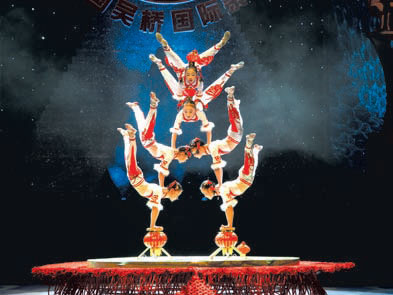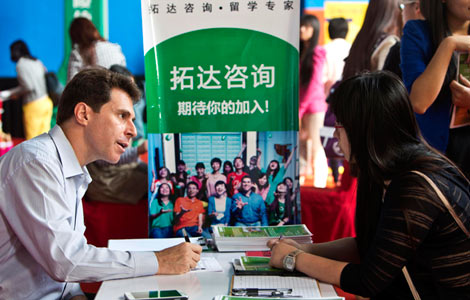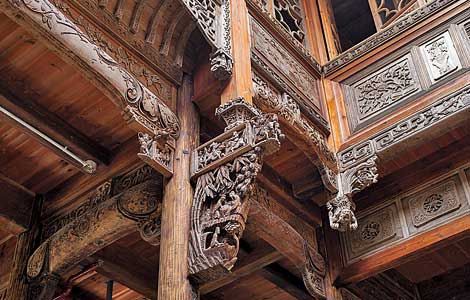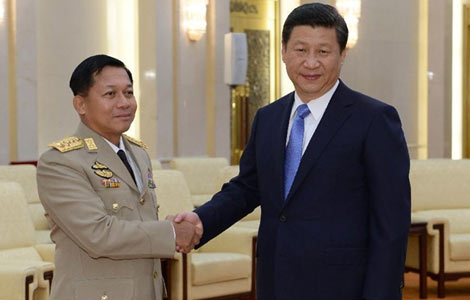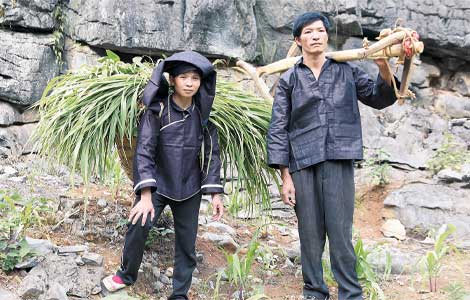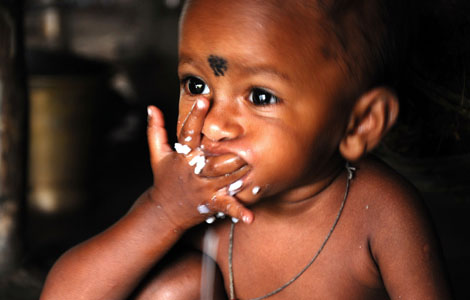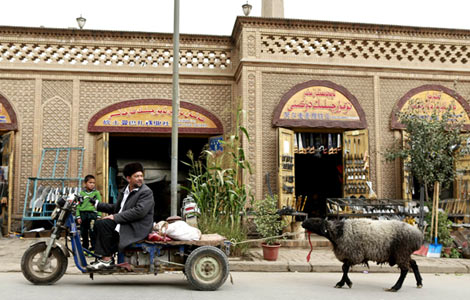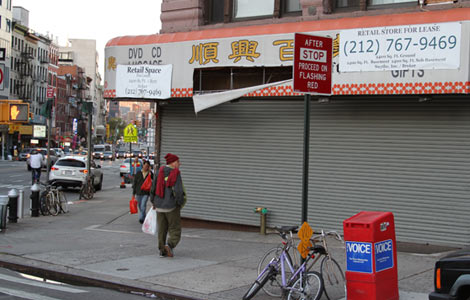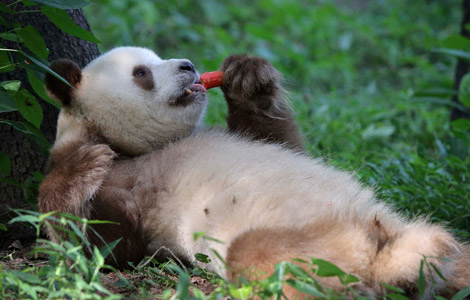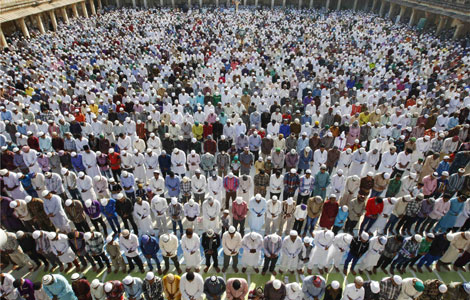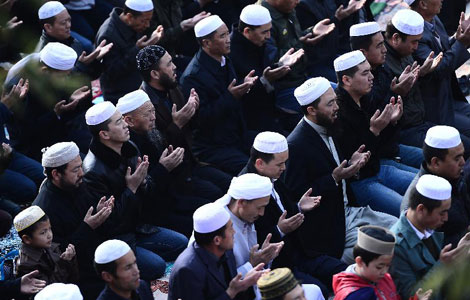Capital neighbor launches culture, history campaign
Updated: 2013-10-17 10:59
By Zhang Yu in Hebei (China Daily USA)
|
||||||||
|
Wuqiao acrobats perform in Cangzhou city. |
Rich in historical resources and home to various folk arts, Hebei is building its soft power with the goal of becoming a province known for culture.
The State Administration of Cultural Heritage recently approved six more relic-protection units in Zhengding, an ancient county of Hebei province.
A relic-protection unit is a tangible cultural heritage protected by agencies at the State, provincial and municipal levels. There are a total of 168 State-level relic-protection units in Hebei, ranking third in China, and 930 relic-protection units at the provincial level, topping most provinces in China.
A province with scenic beauty and historical value, Hebei is the birthplace of a variety of tangible and intangible cultures.
Hebei is one of the few provinces in China that feature a broad variety of scenery, including plateaus, mountains, hills, basins, plains, lakes and seashores.
The province has more than 600 tourist attractions, including State-level tourist cities and spots.
The five tourist cities with unique historic and cultural value, as listed by a report from Hebei government, are Handan, Baoding, Chengde, Qinhuangdao and Shijiazhuang, the capital of the province.
Located in the north of China, Hebei is close to Beijing. It has been a crucial neighbor of the national capital since the Yuan Dynasty (1271-1368).
Xibaipo, now one of the significant red tourism spots in China, is a county in Shijiazhuang. It was the base from which Mao Zedong, together with the Communist Party of China, commanded three major battles before the founding of the People's Republic of China.
The vast land has a splendid tradition of folk arts, local tourism officials say.
Papercuttings from Yuxian and Fengning, Hebei province, as well as the world-famous shadow plays of Tangshan city have been added to the list of Intangible Cultural Heritage of Humanity by UNESCO.
Shadow plays from Tangshan are a form of traditional theater in China. The performances feature colorful silhouette figures made by wood, like puppets, playing against a cloth; the cloth is properly lit to form a backdrop. Artists behind the cloth sing folk songs in some local dialects from Tangshan while manipulating the puppets.
The province also plays host to 132 folk art forms recognized as intangible heritages at the State level, such as Hebei Bangzi, also known as the "clapper opera", as well as Pingju Opera, Wuqiao Acrobatics and Wuqiang nianhua, a type of woodblock print made during the Chinese New Year.
The China Wuqiao International Acrobatic Festival, in its 14th year, will be held from Oct 26 to Nov 11 in Wuqiao county, Cangzhou. Acrobats from 19 countries around the world are scheduled to attend the festival. Ticket prices will be kept low this year to enable more people to enjoy culture and arts from Hebei and the world, organizers said.
The province is undergoing reforms in its cultural policy to better serve the public, according to a report from the provincial government.
In recent years, Hebei has focused on the construction of basic cultural facilities, such as cultural centers, libraries and museums for urban and rural residents. Many of these are free of charge.
zhangyu@chinadaily.com.cn
(China Daily USA 10/17/2013 page16)
Most Viewed
Editor's Picks
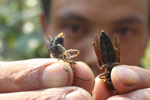
|

|

|
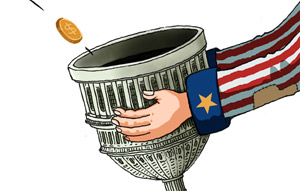
|

|

|
Today's Top News
US debt impasse ending, Obama to sign bill
Facebook goes fishing in China
Michigan auto czar leading trade trip to China
Yuan gains the most in 20 years
Tibet avalanche claims 4
First interprovince subway route opens
US expert finds job 'rewarding'
Trending news across China
US Weekly

|

|
